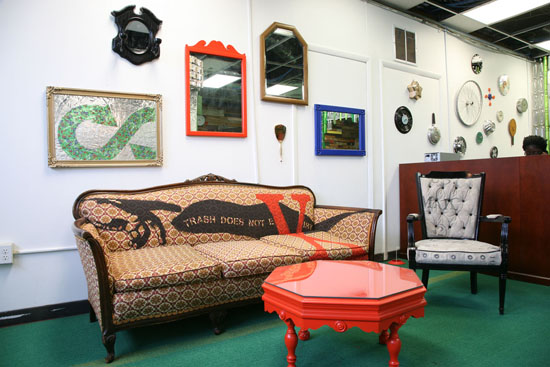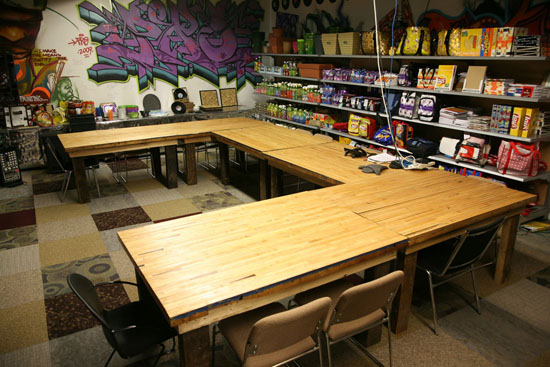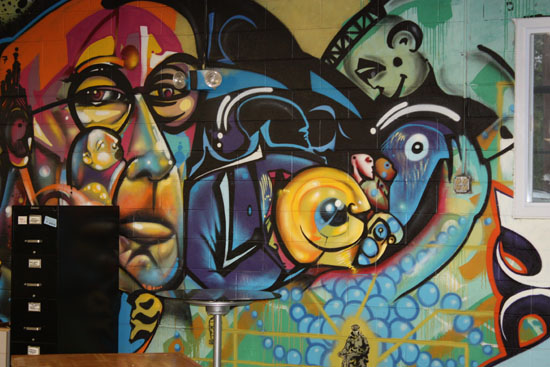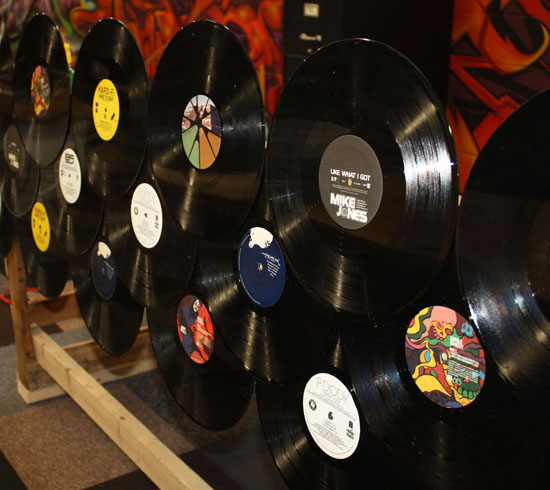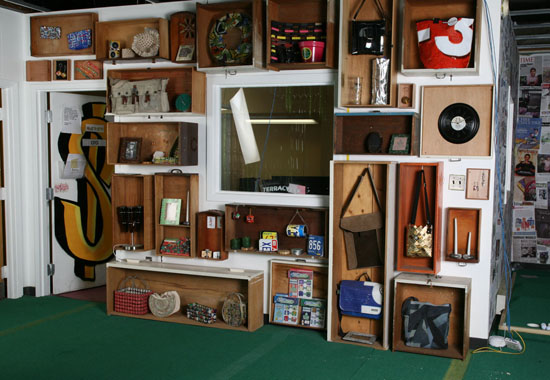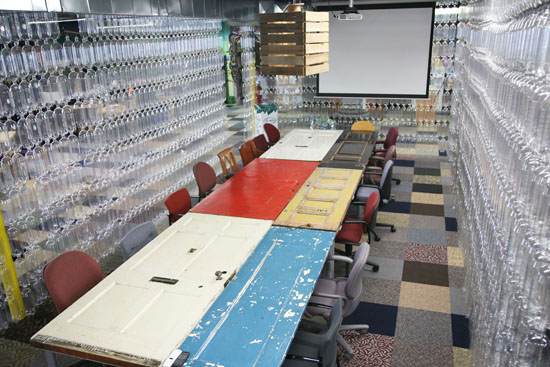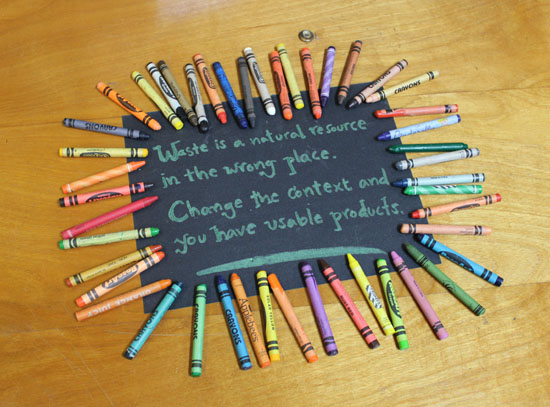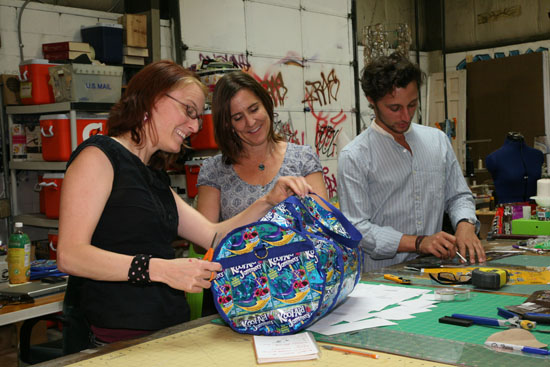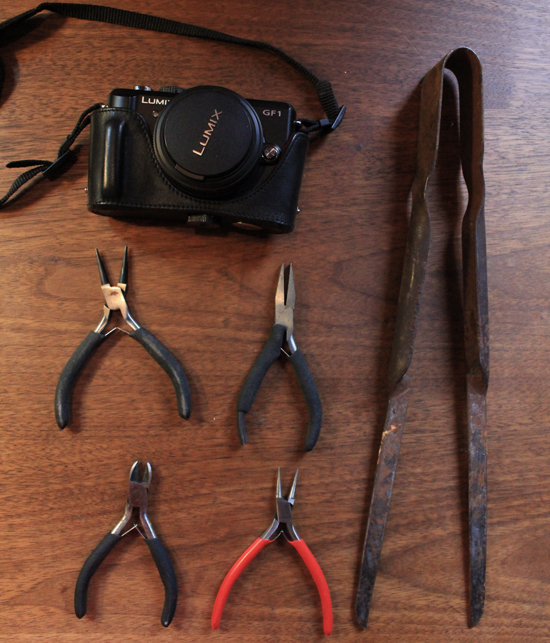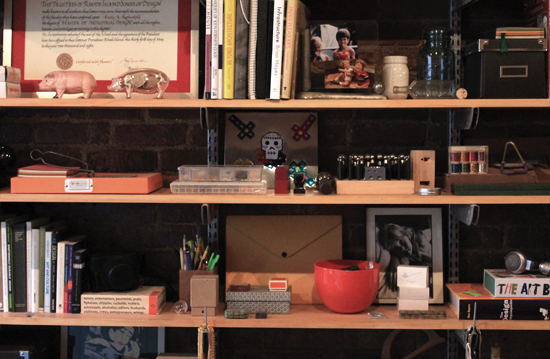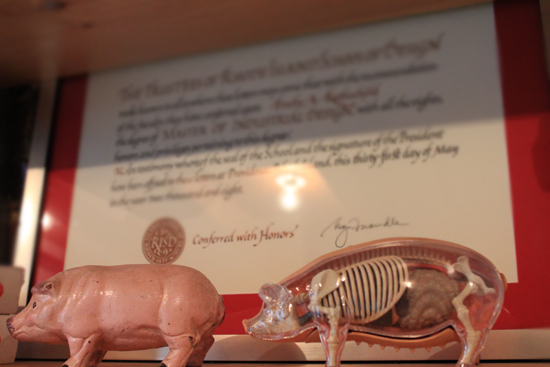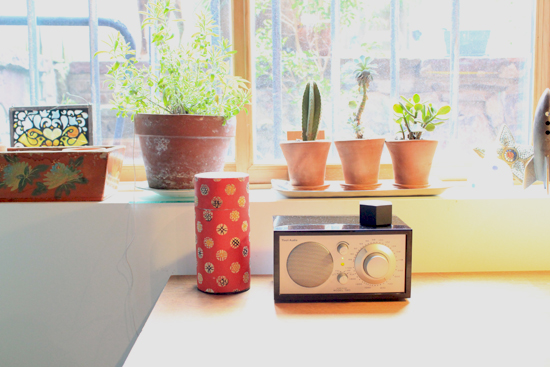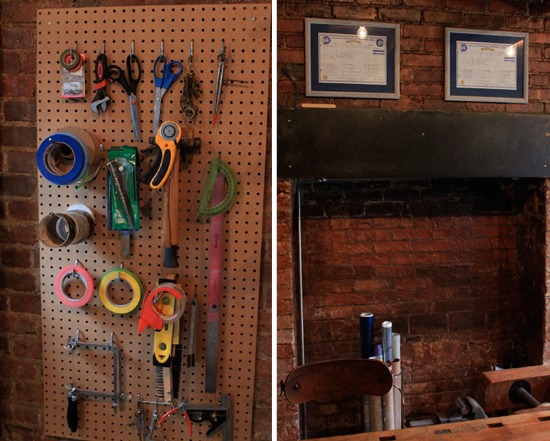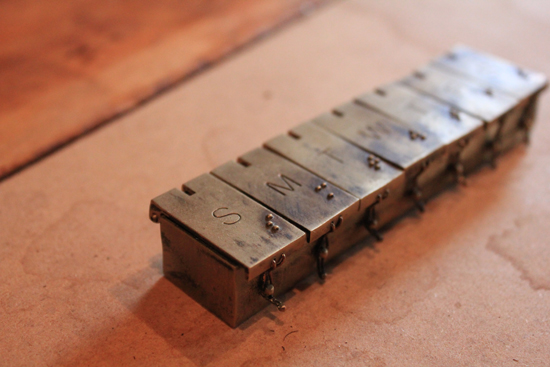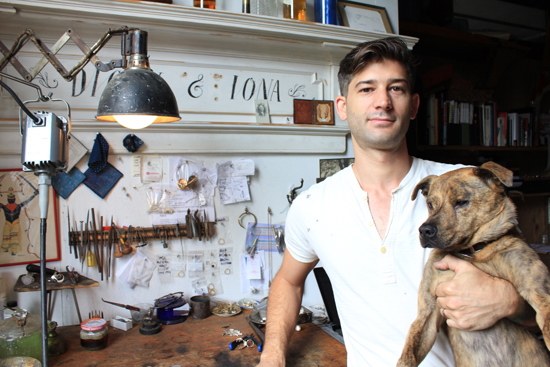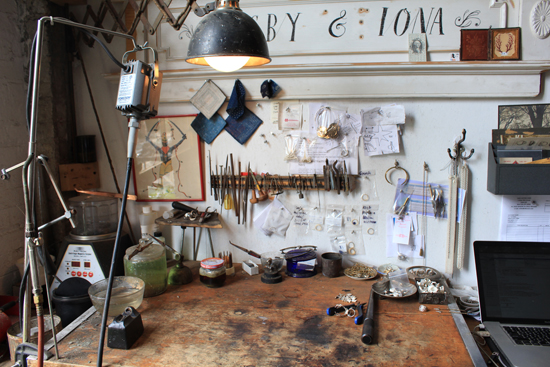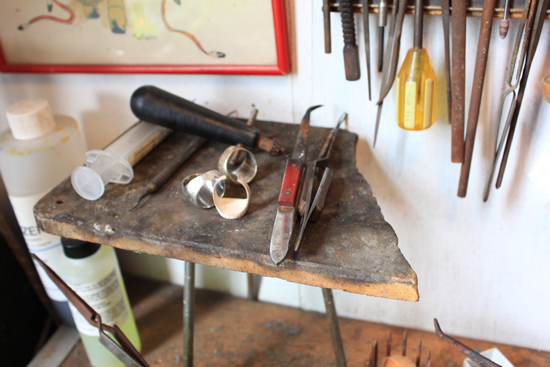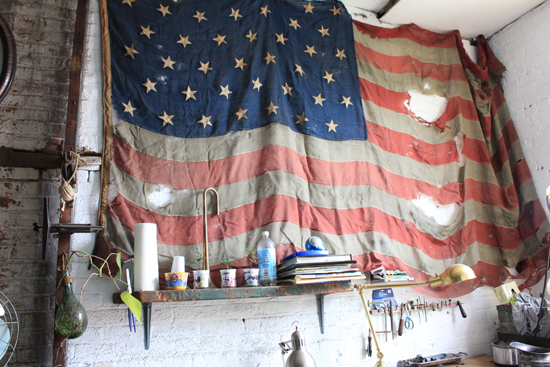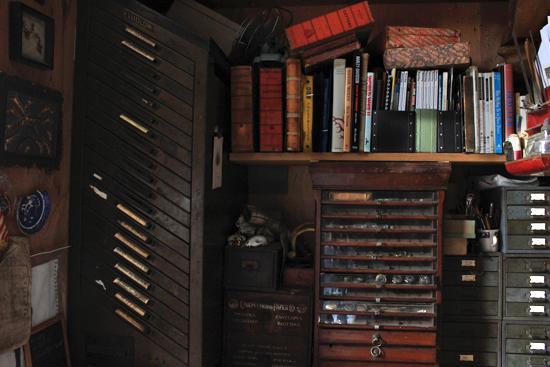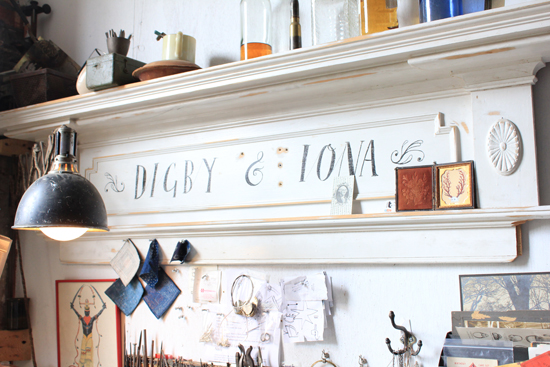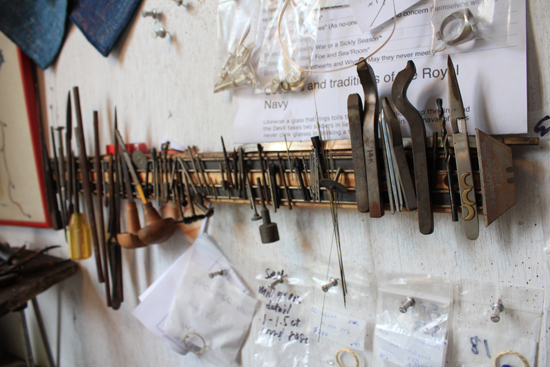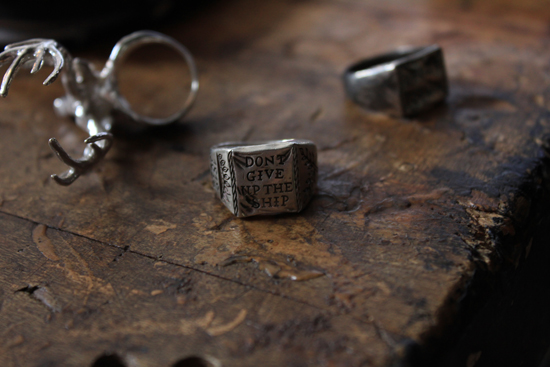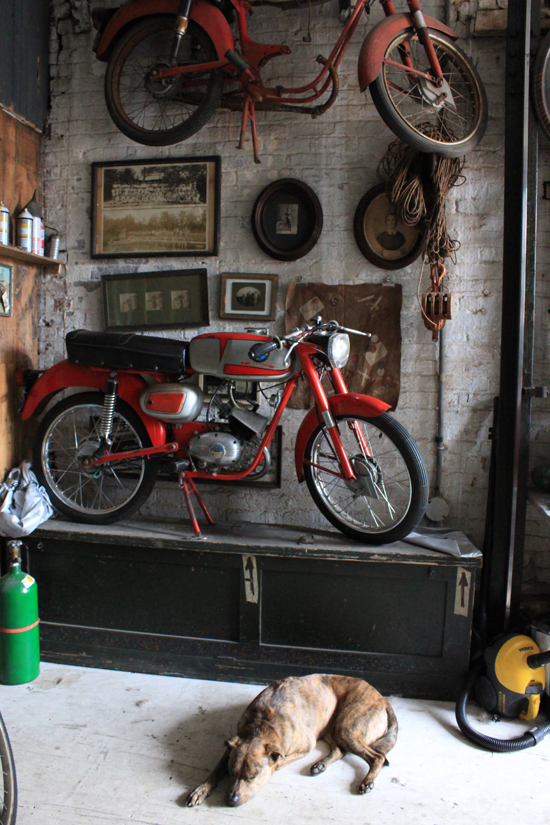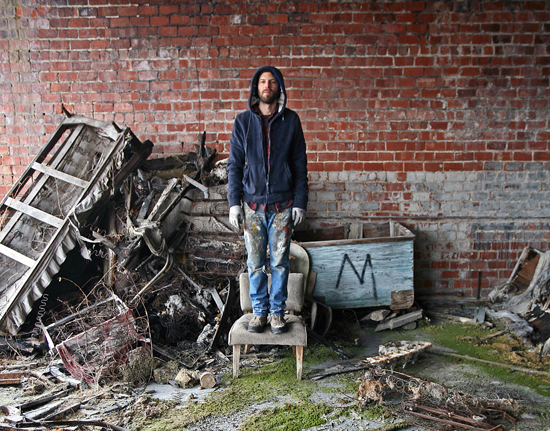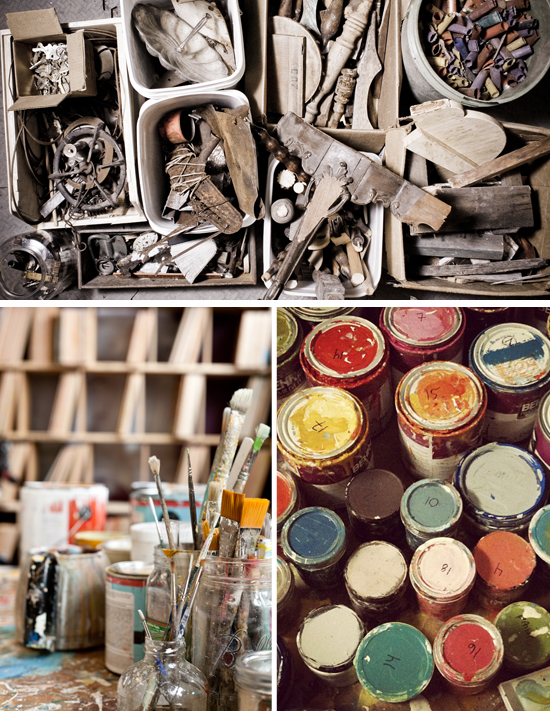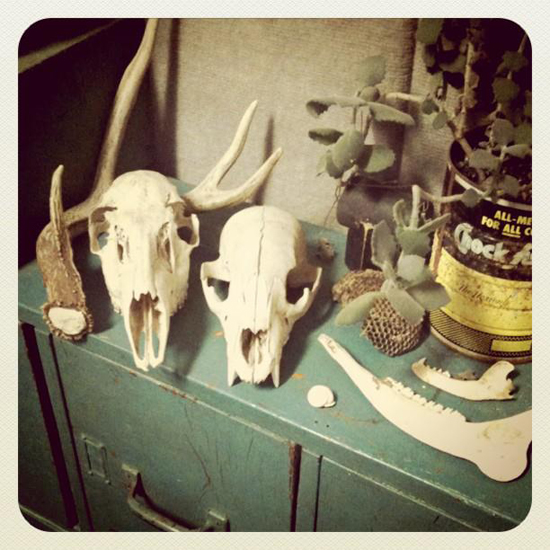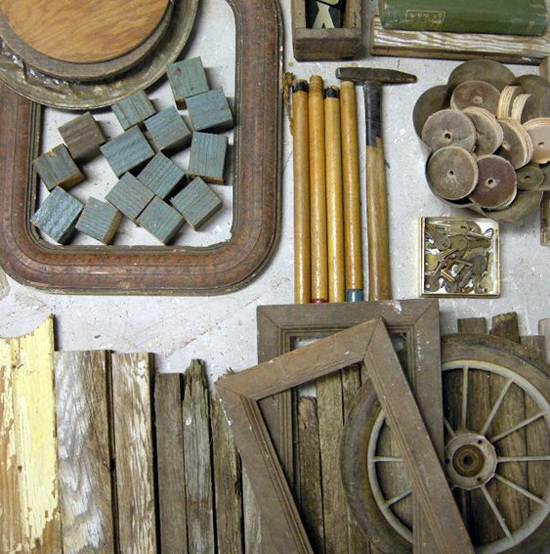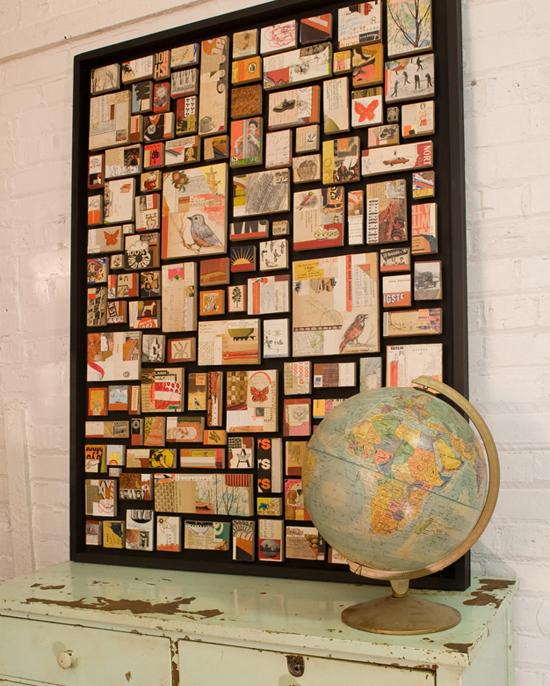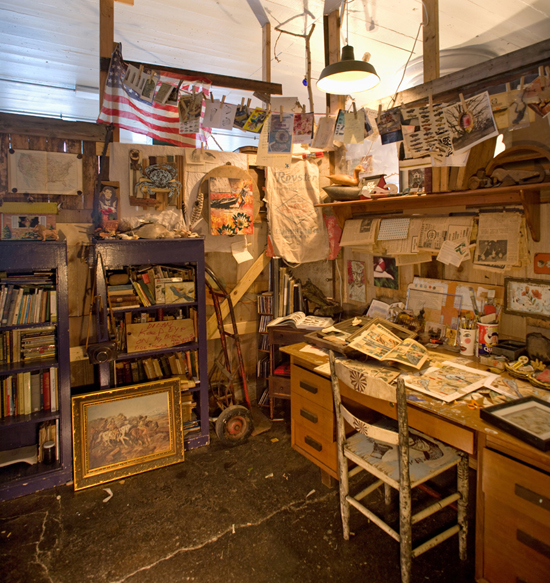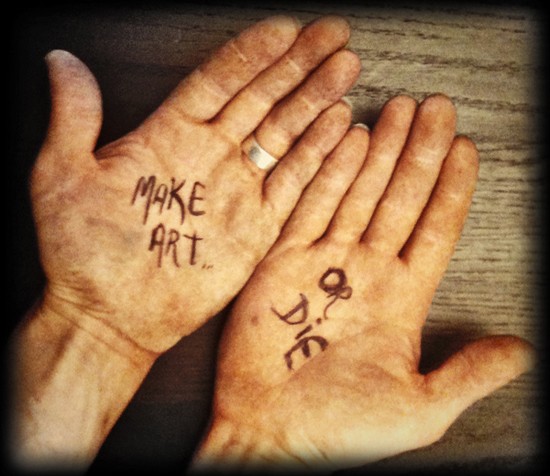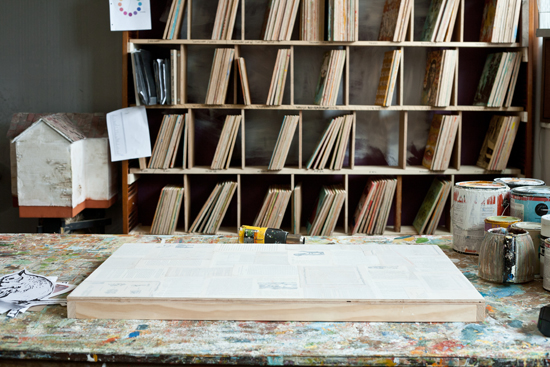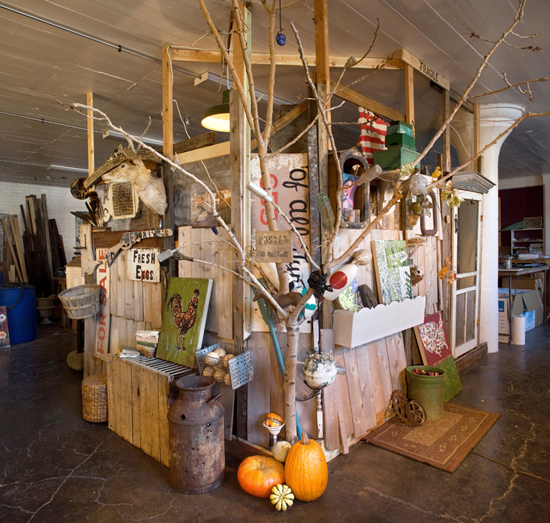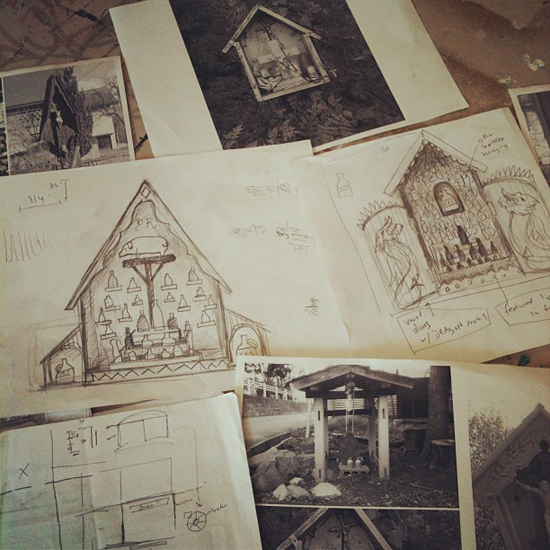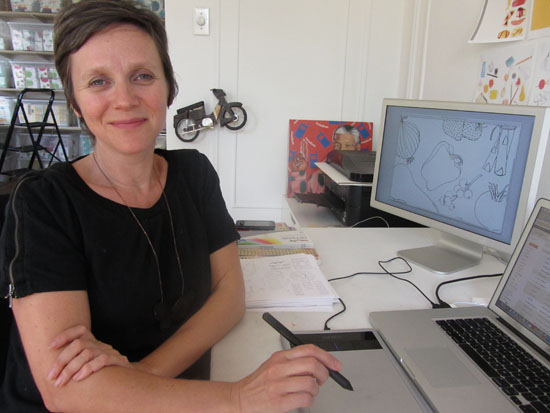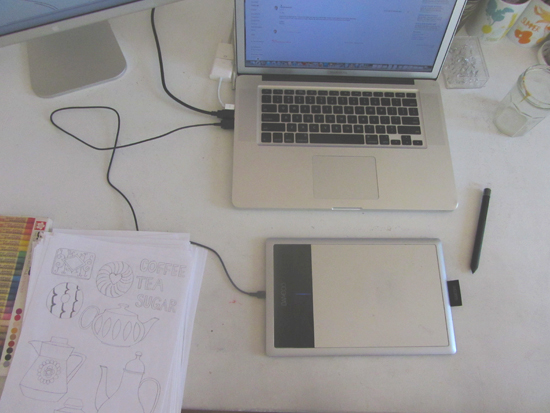This was such an exciting year for UncommonGoods and our design community. We hosted a number of great challenges, began our newsletter series and we found a way to connect our current artists with all of you in a way that informs and inspires. It is also a way for us to get to know our own artists in a more intimate way. Here is a look at the ten artist studios that we visited this year, both in person and remotely.
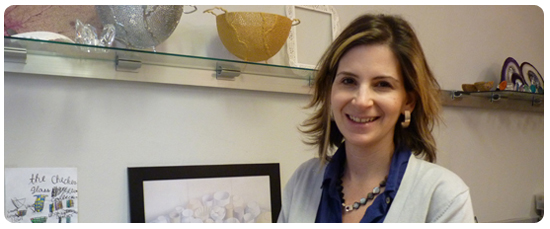 Our first visit was to the Manhattan office of RabLabs where Anna Rabinowicz and her staff design beautiful pieces from Brazilian agate.
Our first visit was to the Manhattan office of RabLabs where Anna Rabinowicz and her staff design beautiful pieces from Brazilian agate.
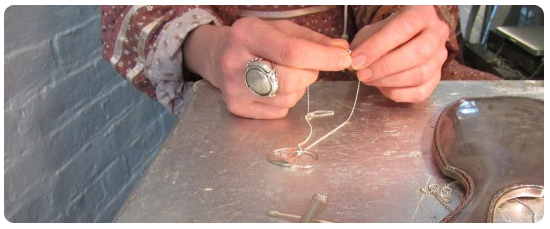 Next, we visited the lower Manhattan boutique of jewelry designer Laura Lobdell.
Next, we visited the lower Manhattan boutique of jewelry designer Laura Lobdell.
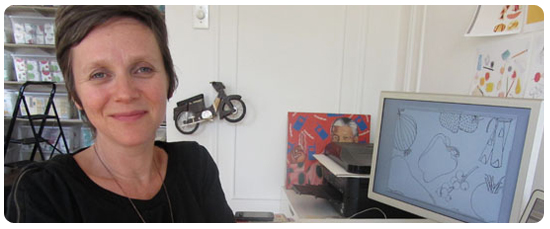 In the spring, we headed to the upstairs apartment in Claudia Pearson’s Brooklyn home to see how she stays inspired to illustrate.
In the spring, we headed to the upstairs apartment in Claudia Pearson’s Brooklyn home to see how she stays inspired to illustrate.
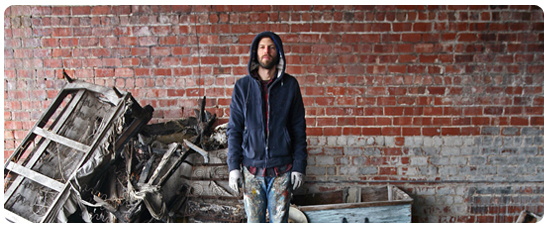 Dolan Geiman gave us a view into his Chicago workspace and showroom for our first remote studio tour.
Dolan Geiman gave us a view into his Chicago workspace and showroom for our first remote studio tour.
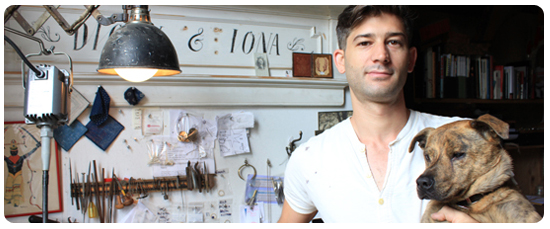 A short trip on the subway brought us to the Brooklyn space of Aaron Ruff, jewelry designer behind Digby & Iona, and his four-legged studiomate, Nookie.
A short trip on the subway brought us to the Brooklyn space of Aaron Ruff, jewelry designer behind Digby & Iona, and his four-legged studiomate, Nookie.
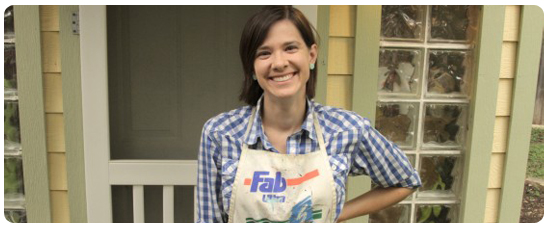 Illustrator and screen printer, Laura Fisk, takes us around back to the work shed at her new Austin, TX home.
Illustrator and screen printer, Laura Fisk, takes us around back to the work shed at her new Austin, TX home.
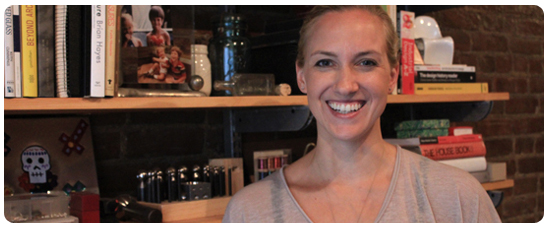 Before helping us pick a winner in the Bike Lovers Design Challenge, Emily Rotschild invited us into the basement of her Brooklyn brownstone where her she explores new designs and crafts while caring for her newborn son.
Before helping us pick a winner in the Bike Lovers Design Challenge, Emily Rotschild invited us into the basement of her Brooklyn brownstone where her she explores new designs and crafts while caring for her newborn son.
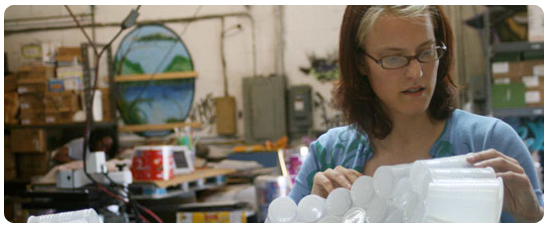 Chief Design Junkie of TerraCycle, Tiffany Threadgould, shared their Trenton, NJ office and studio where she and her team turn trash into treasure.
Chief Design Junkie of TerraCycle, Tiffany Threadgould, shared their Trenton, NJ office and studio where she and her team turn trash into treasure.
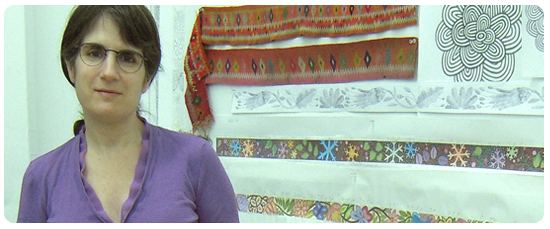 We ventured back into Manhattan to Jenny Krauss’s space in the garment district where her designs are sent to Peruvian artists who use traditional techniques to create her work.
We ventured back into Manhattan to Jenny Krauss’s space in the garment district where her designs are sent to Peruvian artists who use traditional techniques to create her work.
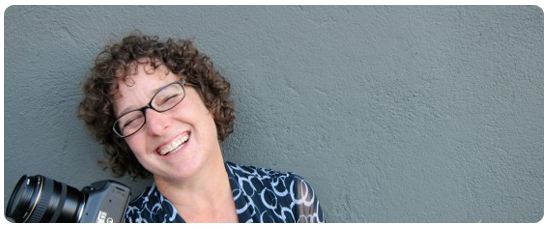 Last but not least, photographer Audrey Heller gave us a look into her photography studio where she uses big ideas and little people to create memorable art.
Last but not least, photographer Audrey Heller gave us a look into her photography studio where she uses big ideas and little people to create memorable art.
We can’t wait to see where 2013 will bring us and who we will meet! Have any favorite UncommonGoods artist? Let us know who’s studio you would like to see.

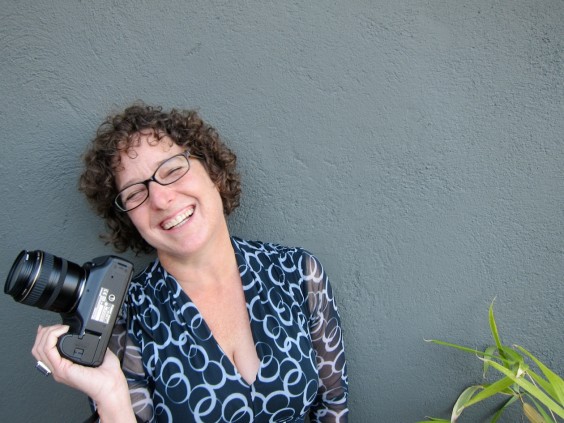
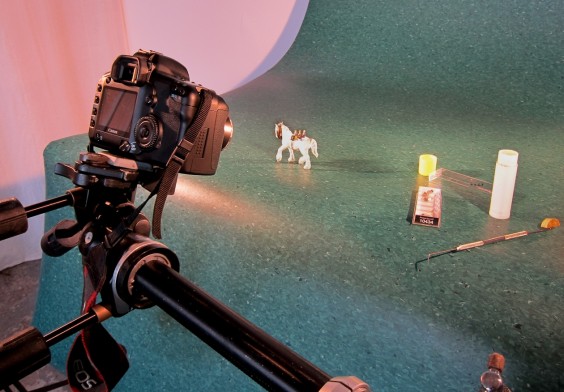
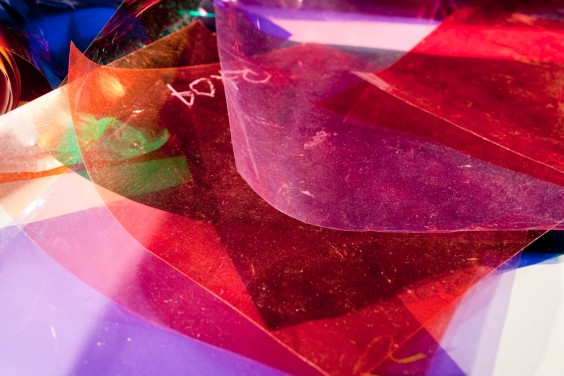
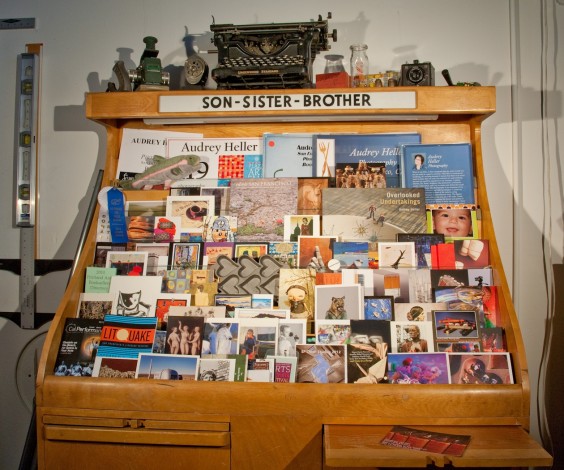
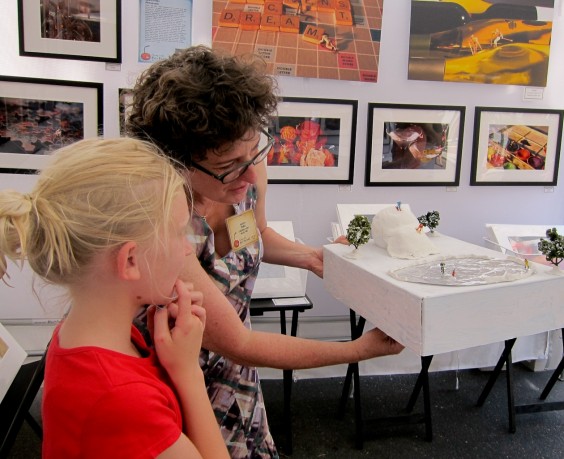
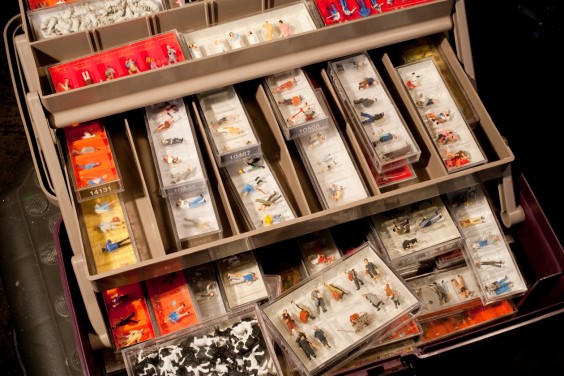
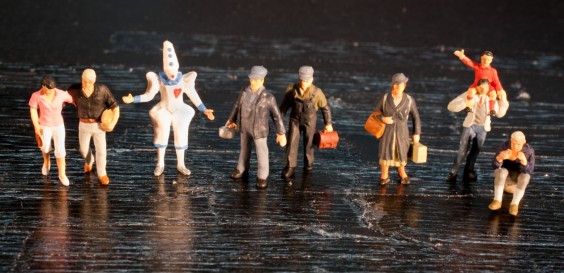
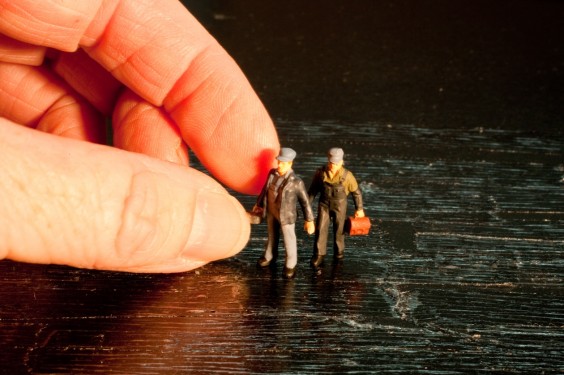
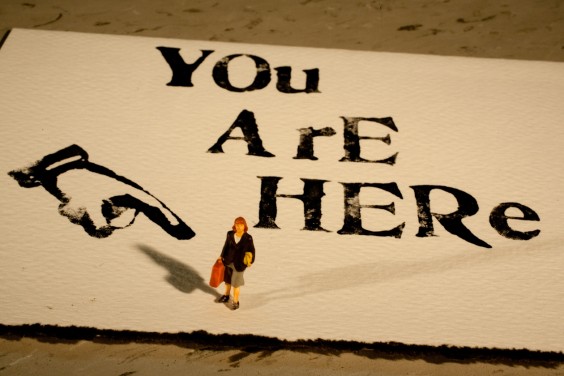
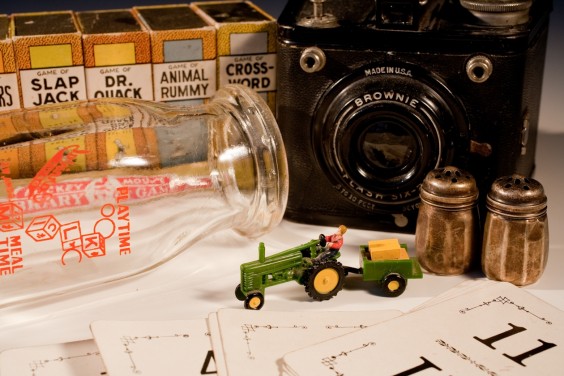
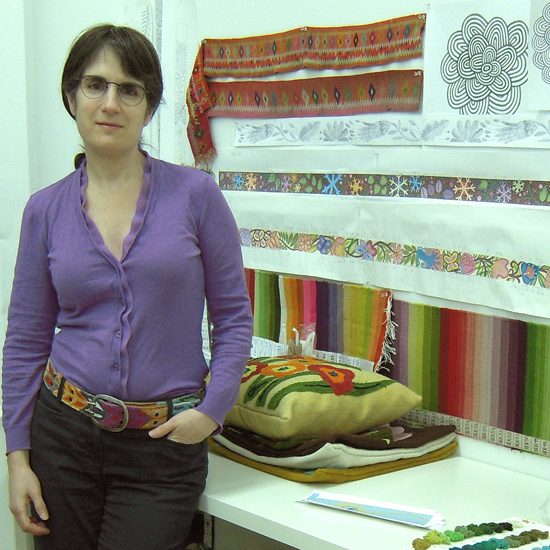
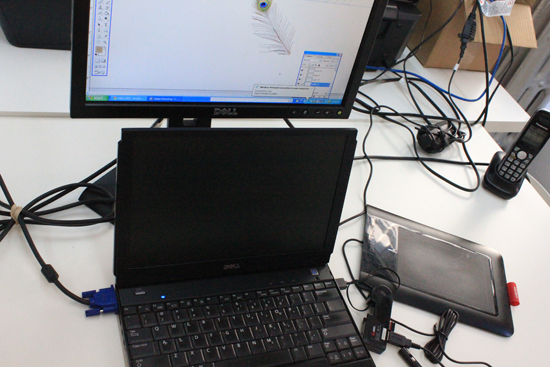
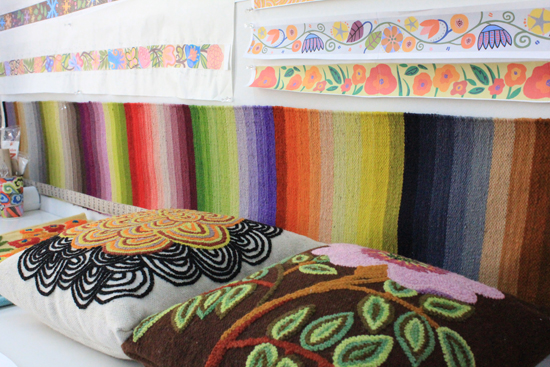
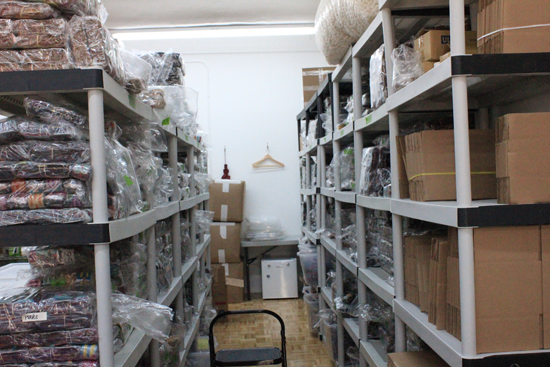
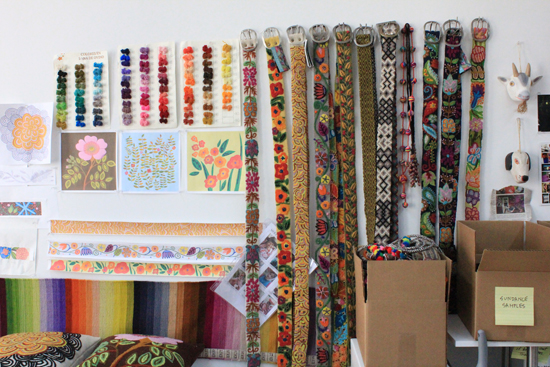
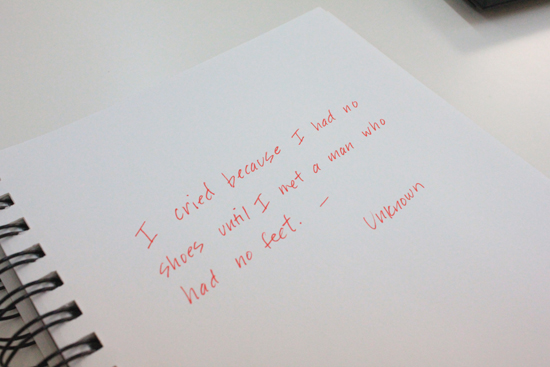
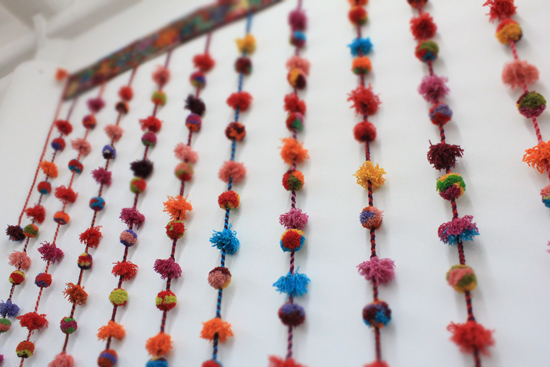
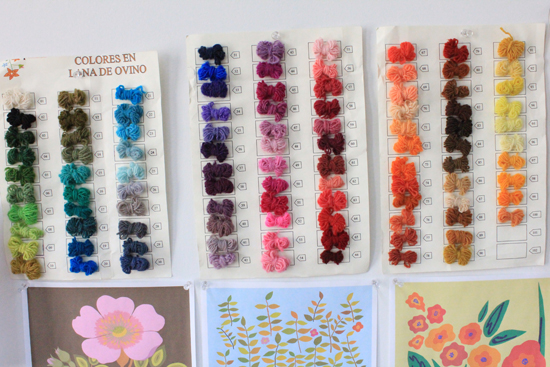
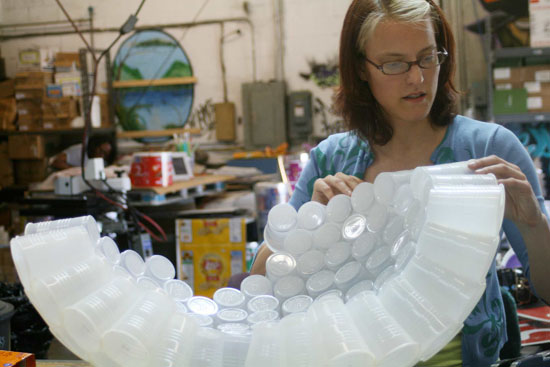
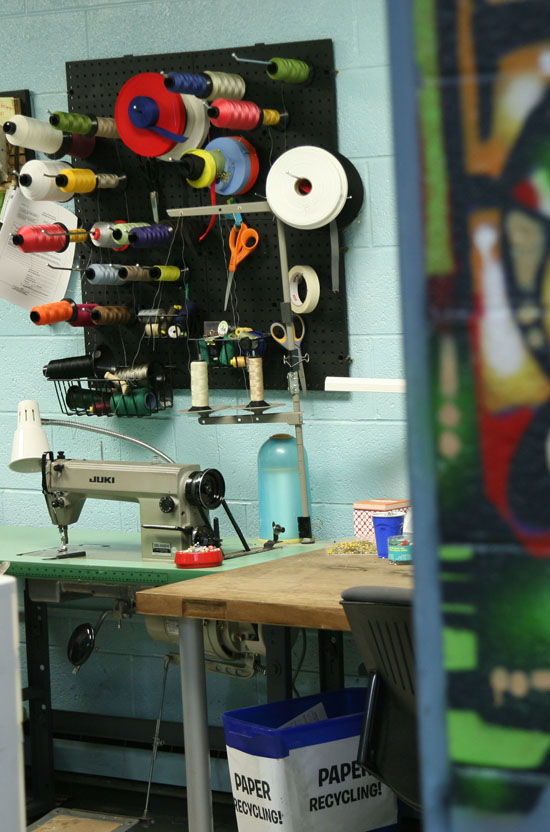
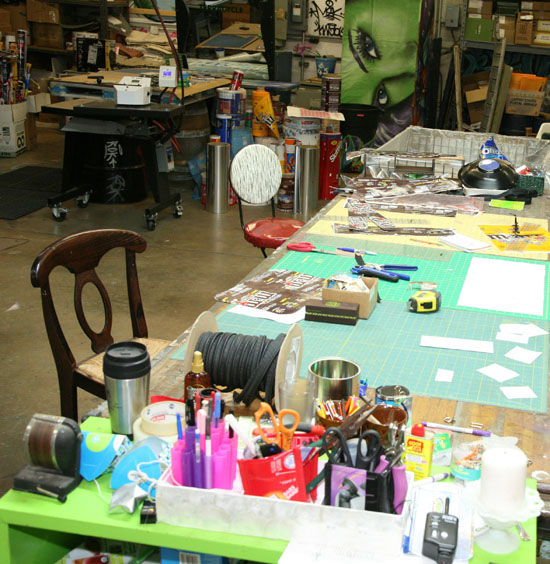 Where do you find inspiration within your space?
Where do you find inspiration within your space?